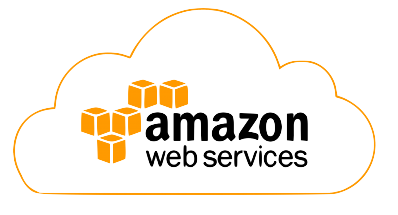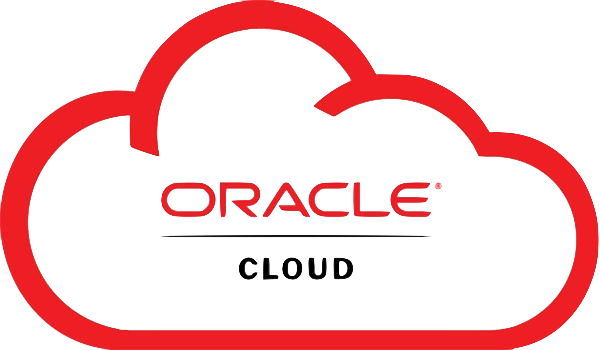Cloud services
Understanding Cloud Services
Cloud services can be simply described as renting resources rather than purchasing and managing them on your own.
Consider the analogy of car rentals, specifically self-driving car rentals, which are popular in many countries. This is not to be confused with traditional cab services. A few decades ago, owning a car was the only option if you needed one. This meant if you couldn't afford to buy a car, you couldn't use one. Moreover, owning a car brought additional responsibilities like maintenance, repairs, and insurance.
Now, the scenario has evolved. Car rental services allow you to use a car for a certain period, with fees based on distance traveled or rental duration, ranging from a few hours to several months. This option is particularly beneficial for those who cannot afford to buy a car. The rental company handles maintenance and insurance. Although these cars are tangible items that usually require you to pick up and return them to a specific location, some services might offer delivery and pickup for an extra fee. In case of a breakdown, the rental service will provide a replacement car.
This concept is parallel to cloud services. Instead of investing in and maintaining your own servers, network, and storage, you rent these resources from a cloud provider. You can choose from various rental plans based on factors like usage time, network bandwidth, computing power, and storage capacity. A significant advantage of cloud services is their accessibility from anywhere in the world, as long as you have an internet connection.
Definition
Cloud service is a rental service that allow you to take computing resources like servers, storage, processing power, bandwidth on rent.
Market share of cloud services as of Q4 2021
Amazon AWS (40.8%)→
Microsoft Azure (20%)→
Alibaba Cloud (9.5%)→Google Cloud (6.1%)→
Oracle Cloud→
IBM Cloud→
Overview of Cloud Service Models
Infrastructure as a Service (IaaS): IaaS provides fundamental computing resources such as computer power, storage, operating systems, and networking capabilities. This model is primarily utilized by IT teams or companies requiring extensive control over their infrastructure.
Platform as a Service (PaaS): PaaS builds upon IaaS by including pre-installed and configured software. This model is favored by development teams as it allows them to focus on coding and deploying their applications directly onto the cloud platform. In this scenario, the service provider is responsible for the maintenance of the underlying infrastructure and platforms.
Software as a Service (SaaS): SaaS extends PaaS by offering complete, ready-to-use applications. Examples include CRM systems, email services, and various web applications accessible to users, such as YouTube. In the SaaS model, users are not concerned with the underlying infrastructure or platform maintenance; they simply use the software provided.